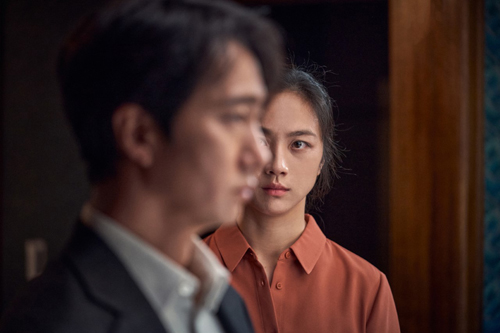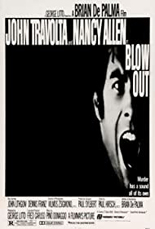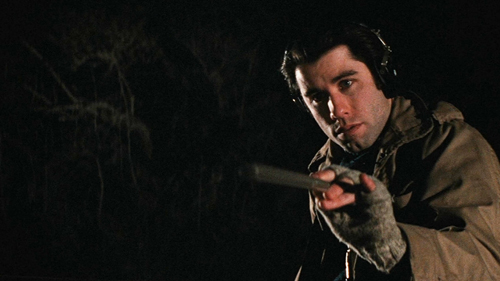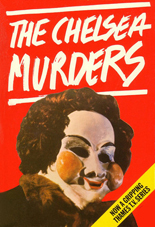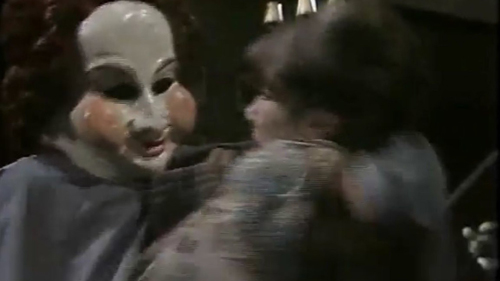
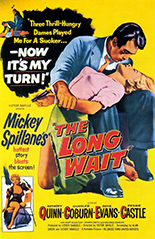 In The Long Wait, Anthony Quinn gets his kicks on Route 66 — kicked by physics right out of a car after it careens off a cliff, that is. Although he survives, he emerges with a serious case of amnesia. Not only did his ID burn in the crash, but so did his fingerprints! He’s so desperate to discover who he is, he thumbs through the White Pages at random, hoping any name will trigger the necessary synapse.
In The Long Wait, Anthony Quinn gets his kicks on Route 66 — kicked by physics right out of a car after it careens off a cliff, that is. Although he survives, he emerges with a serious case of amnesia. Not only did his ID burn in the crash, but so did his fingerprints! He’s so desperate to discover who he is, he thumbs through the White Pages at random, hoping any name will trigger the necessary synapse.
A chance meeting results in a tip he’s from the town of Lyncaster, where he learns his name is Johnny McBride. Oh, and that he’s also wanted for murdering the district attorney. Despite not recalling a thing, McBride knows enough to know he couldn’t have committed such a crime. Could he? Only a woman named Vera West holds the key to unlock the vault that is his clouded noggin — if he can find her. And recognize her.
Based on the Mickey Spillane novel of the same generic name (the author’s lone non-Mike Hammer book for about a dozen years), The Long Wait followed the 3-D I, the Jury to theaters a year later, striking while the Spillane iron was still hot. A film noir that grows more stylish as it goes, The Long Wait is the better picture by far.
For starters, it has an accomplished director in Victor Saville (Dark Journey), who pulls off some real doozies of shots and sequences, adding a dab of the Impressionistic without being showy about it. One particular instance shows McBride standing where he used to work as a bank teller; Saville briefly frames Quinn (Across 110th Street) behind the counter’s bars, foreshadowing where our protagonist will end up if he can’t solve his own mystery.
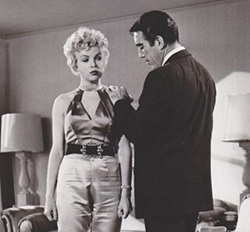 Another ace up the film’s sleeve is co-scripter Lesser Samuels (rightly Oscar-nominated for Billy Wilder’s Ace in the Hole), adapting Spillane’s slim novel with equal thriftiness. Hammer-less though the movie may be, the signature character’s tough-guy vibe ably lives in spirit through McBride, who answers a “why” question with a curt, “I took a Gallup poll.”
Another ace up the film’s sleeve is co-scripter Lesser Samuels (rightly Oscar-nominated for Billy Wilder’s Ace in the Hole), adapting Spillane’s slim novel with equal thriftiness. Hammer-less though the movie may be, the signature character’s tough-guy vibe ably lives in spirit through McBride, who answers a “why” question with a curt, “I took a Gallup poll.”
This film arrived at Quinn’s post-Academy Award transition from supporting parts to leading man; with ink-black hair and eyebrows the size of XL caterpillars, his mere presence commands the screen. He gives the proto-Memento pic its stony heart, while Saville stacks the deck with four gorgeous women to provide the sizzle, with Jury forewoman Peggie Castle joining Shawn Smith, Mary Ellen Kaye and Dolores Donlon. Losing one’s memory has always been this dangerous, but never so sexy. —Rod Lott

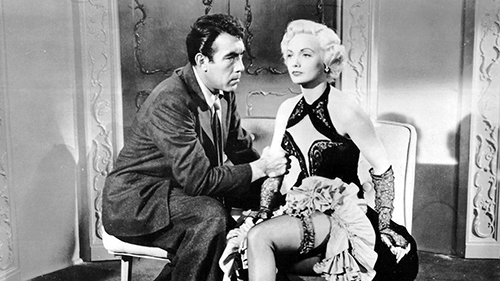
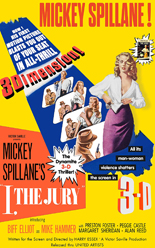
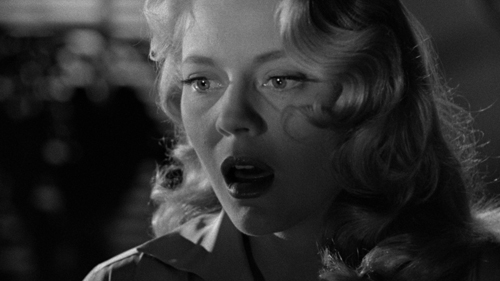
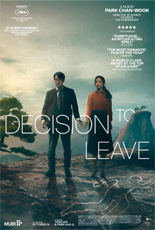 When a 60-year-old man is found dead at the bottom of a mountain, police detective Hae-joon Jang (Park Hae-il,
When a 60-year-old man is found dead at the bottom of a mountain, police detective Hae-joon Jang (Park Hae-il, 